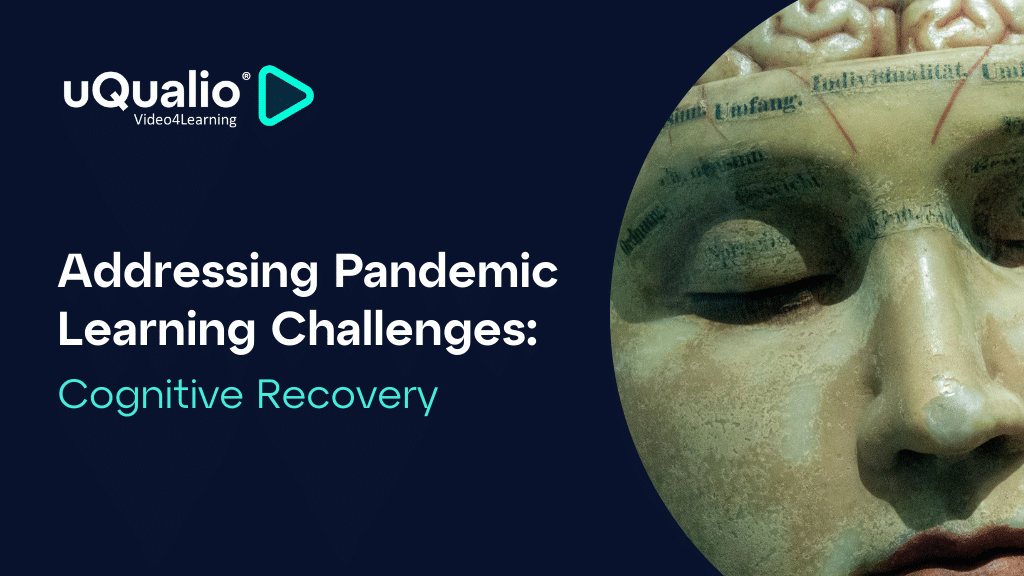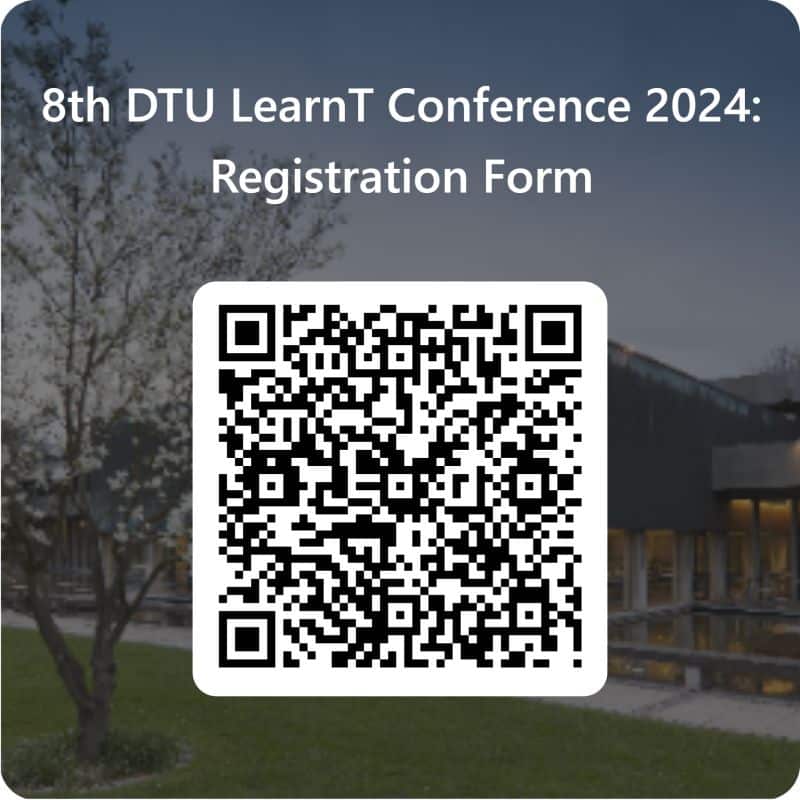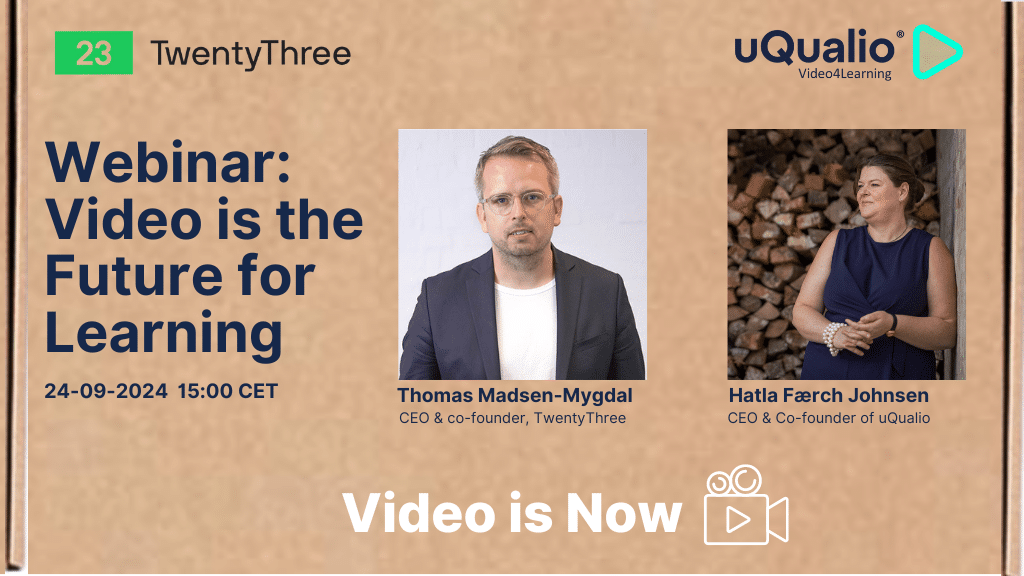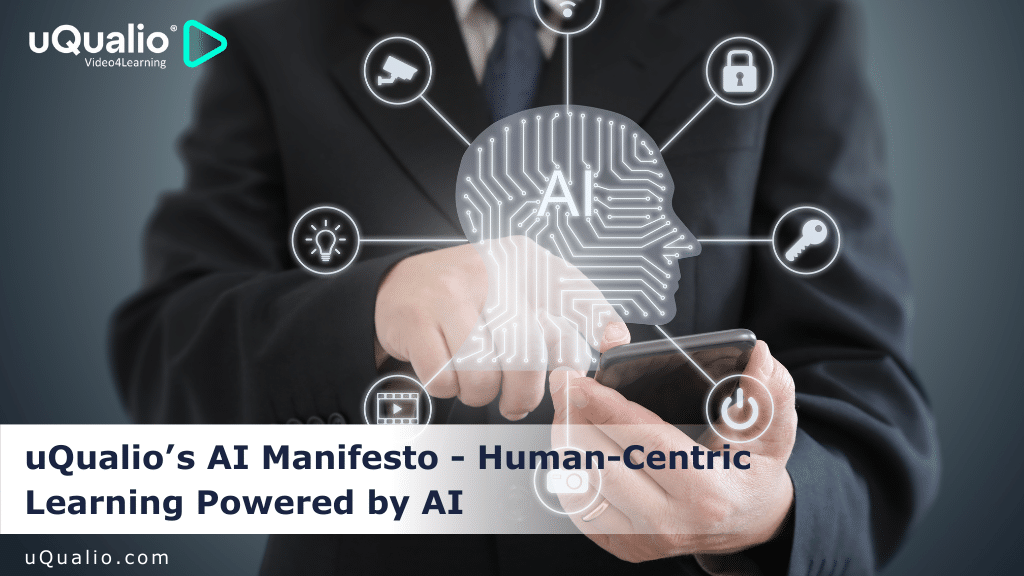In today’s fast-paced digital world, traditional training methods often fall short of meeting the needs of modern learners. Enter bite-size learning and microlearning, two innovative approaches that are transforming SaaS onboarding processes. These methods not only enhance retention and engagement but also cater to the short attention spans of today’s workforce. In this comprehensive article, we’ll explore how bite-size learning can revolutionize your SaaS onboarding strategy, backed by cognitive science, real-world examples, and actionable insights.
Understanding Bite-Sized Learning: A Comprehensive Guide
Bite-sized learning, also known as microlearning, involves breaking down complex information into small, manageable chunks. This approach is particularly effective in modern education and training, where learners often struggle with information overload.
Cognitive science supports bite-sized learning by highlighting how the brain processes and retains information more effectively in smaller segments. Studies show that shorter learning sessions reduce cognitive load and improve memory retention, making it easier for learners to absorb and recall information.
The key benefits of bite-sized learning include flexibility, enhanced engagement, and cost-effectiveness. Learners can access content at their convenience, leading to higher motivation and better learning outcomes. To implement bite-sized learning, focus on creating concise, multimedia-rich content and schedule it in a way that aligns with learners’ needs. Measuring effectiveness involves tracking key performance indicators (KPIs) such as engagement rates, retention rates, and learner feedback.
Maximize Learning Efficiency with Short, Flexible Sessions
Short, flexible learning sessions are crucial for maximizing learning efficiency. Cognitive benefits include improved retention and recall, as well as reduced cognitive load. By designing short learning modules that are easy to digest, learners can focus better and retain information longer.
To implement short learning sessions, design modules that are concise and focused on specific learning objectives. Schedule these sessions flexibly to accommodate different learning paces and preferences. Technology plays a significant role in facilitating flexible learning, with mobile learning platforms and adaptive learning technologies making it easier for learners to access content anytime, anywhere.
Measuring learning efficiency involves tracking KPIs such completion rates, time spent on each module, and learner feedback. Continuous improvement based on these metrics ensures that the learning process remains effective and engaging.
Why Shorter Learning Modules Are Perfect for Today’s Learners
Today’s learners have shorter attention spans and prefer quick, easily digestible content. Shorter learning modules cater to these preferences by providing focused, bite-sized chunks of information that are easier to absorb and retain.
Cognitive science supports the use of shorter learning modules, highlighting how they reduce cognitive load and improve memory retention. Practical benefits include flexibility, accessibility, and enhanced engagement. Learners can access content on their own time, leading to higher motivation and better learning outcomes.
To design and implement short learning modules, focus on creating concise, multimedia-rich content that is easy to understand. Use interactive elements such as quizzes and gamification to enhance engagement. Measuring success involves tracking KPIs such as engagement rates, retention rates, and learner feedback.
The Rise of Mobile Learning: Adapting to Modern Demands
Mobile learning has become increasingly important in modern education and training, offering flexibility and accessibility that traditional methods cannot match. With the rise of smartphones and tablets, learners can access content anytime, anywhere, making it easier to fit learning into their busy schedules.
The key benefits of mobile learning include enhanced engagement, motivation, and flexibility. Mobile-friendly content design, multimedia elements, and interactive features make learning more engaging and effective. To implement mobile learning, choose the right platform that ensures compatibility and usability across different devices.
Top 5 Expert Tips for Effective Bite-Sized Learning
Expert insights can significantly enhance the effectiveness of bite-sized learning. Here are the top 5 tips:
- Focus on Single Learning Objectives: Clarity and focus are crucial for effective learning. Each module should address a single learning objective to avoid overwhelming learners.
- Use Multimedia and Interactive Elements: Incorporating videos, infographics, and interactive quizzes can enhance engagement and retention.
- Ensure Flexibility and Accessibility: Adapt content to different learning environments and devices to make it accessible for all learners.
- Incorporate Spaced Repetition: Repeating information at spaced intervals helps improve memory retention and recall.
- Measure and Adjust: Continuously track KPIs and gather learner feedback to make necessary adjustments and improvements.
The Future of Bite-Sized Learning
As we look to the future, several emerging trends are set to shape the landscape of bite-sized learning. Technologies such as AI, VR, and AR offer exciting possibilities for creating more immersive and personalized learning experiences.
However, future challenges need to be addressed, such as keeping content up-to-date and ensuring accessibility and inclusivity. Opportunities for innovation include personalized learning paths, gamification, and interactive elements that enhance engagement and retention.
In summary, the future of bite-sized learning is bright, with numerous opportunities for innovation and improvement. Educators and trainers should embrace these trends and continuously seek ways to enhance their learning strategies. By doing so, they can create engaging, effective learning experiences that meet the needs of modern learners.
What You Need to Know About Microlearning
Microlearning is a learning strategy that involves delivering content in short, focused modules. This approach is particularly effective in modern education and training, where learners often struggle with information overload.
The key characteristics of microlearning include short, focused modules, the use of multimedia and interactive elements, and flexibility and accessibility. Benefits of microlearning include enhanced engagement and retention, as well as cost-effectiveness.
To implement microlearning, focus on creating concise, multimedia-rich content and schedule it in a way that aligns with learners’ needs. Measuring effectiveness involves tracking KPIs such as engagement rates, retention rates, and learner feedback.
Bite-Sized Learning vs. Microlearning: Key Differences Uncovered
While bite-sized learning and microlearning are often used interchangeably, there are key differences between the two. Bite-sized learning refers to breaking down complex information into small, manageable chunks, while microlearning focuses on delivering content in short, focused modules.
The main differences lie in content length and structure, as well as the learning objectives. Bite-sized learning is more flexible and can be used in various contexts, while microlearning is more structured and focused on specific learning objectives.
Understanding these differences is crucial for choosing the right approach for your learning needs. Both methods offer unique benefits and can be used together to create a comprehensive learning strategy.
Choosing Between Microlearning and Bite-Sized Learning: Which Is Right for You?
Choosing between microlearning and bite-sized learning depends on your specific learning needs and objectives. Microlearning is ideal for delivering focused, short modules that address specific learning objectives, while bite-sized learning is more flexible and can be used in various contexts.
Consider factors such as the complexity of the content, the learning environment, and the preferences of your learners when choosing between the two approaches. Both methods offer unique benefits and can be used together to create a comprehensive learning strategy.
Ultimately, the right choice depends on your specific learning needs and objectives. By understanding the differences between microlearning and bite-sized learning, you can choose the approach that best meets your needs.
Training in the Age of Short Attention Spans: Strategies for Success
In today’s fast-paced digital world, learners have shorter attention spans and prefer quick, easily digestible content. To succeed in this environment, training programs must adapt to these preferences by incorporating bite-sized learning and microlearning strategies.
Effective strategies for training in the age of short attention spans include creating concise, multimedia-rich content, incorporating interactive elements such as quizzes and gamification, and ensuring flexibility and accessibility. Personalization and customization are also crucial for meeting the diverse needs of modern learners.
Measuring success involves tracking KPIs such as engagement rates, retention rates, and learner feedback. Continuous improvement based on these metrics ensures that the training program remains effective and engaging.
In conclusion, bite-sized learning and microlearning offer innovative solutions for enhancing retention and engagement in SaaS onboarding. By understanding the principles, benefits, and implementation strategies of these approaches, you can create effective, engaging learning experiences that meet the needs of modern learners. Embrace these trends and continuously seek ways to enhance your learning strategies to stay ahead in the fast-paced digital world.
How uQualio can help in SaaS Onboarding with Bite-Size Learning
uQualio is a platform designed to enhance the onboarding process for SaaS companies. It offers features that streamline training and education for new users, customers ensuring they quickly understand and effectively use the platform. By utilizing uQualio, SaaS businesses can improve user engagement, reduce churn rates, and foster a more knowledgeable customer base.
Ready to revolutionize your SaaS onboarding with bite-sized learning? Start today with uQualio’s user-friendly platform and watch your engagement and retention rates soar!
Achieve Effective & Affordable Video Training
– uQualio is an award-winning, easy-to-use, all-in-one NextGen LMS software for any types of online video training.












